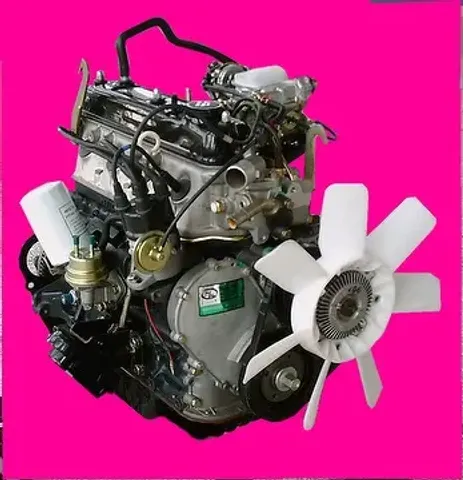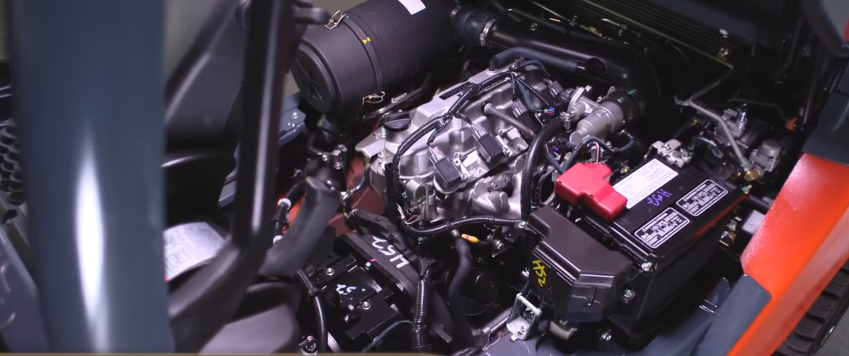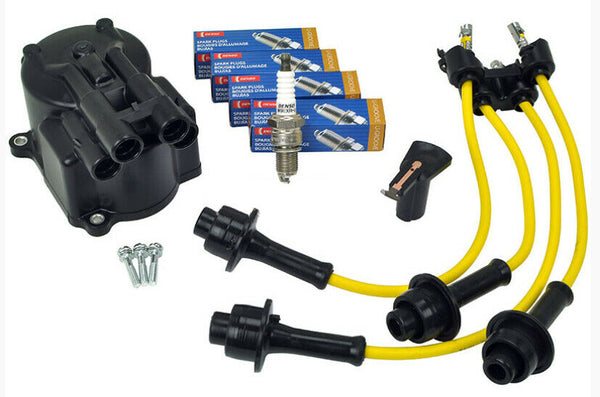Exploring the Different Kinds Of Engine: Which One Fits Your Requirements?
In the quest to identify one of the most appropriate engine kind for your certain needs, it is important to review the distinct attributes and advantages of each choice readily available. Inner combustion engines proceed to control due to their integrity, while electrical engines are acquiring traction for their sustainability. Hybrid engines use a functional compromise, and diesel motor stick out for their power popular applications. In addition, alternate fuel engines present cutting-edge remedies, albeit with certain constraints. Understanding your priorities will certainly contribute in this decision-making procedure, resulting in an exploration of variables that might affect your selection.

Internal Burning Engines
Interior burning engines (ICEs) are the foundation of modern transportation, powering a huge variety of automobiles from cars to airplanes. These engines run on the principle of converting gas into power with a series of regulated surges within a combustion chamber. One of the most typical kinds of ICEs consist of gasoline engines, diesel engines, and rotary engines, each created to satisfy specific efficiency and effectiveness demands.
Gas engines typically make use of spark ignition, while diesel motor rely on compression ignition, resulting in unique distinctions in fuel efficiency and power outcome (4y engine). Rotary engines, or Wankel engines, provide a compact design and smooth operation, however are much less commonly utilized in mainstream applications
ICEs have undertaken considerable improvements in modern technology, consisting of the intro of turbocharging and gas injection systems, which improve total efficiency and efficiency. Despite their effectiveness improvements, ICEs deal with raising analysis due to their environmental effect, particularly regarding greenhouse gas emissions.
Electric Engines
As issues concerning environmental sustainability and fossil fuel reliance grow, electrical engines have emerged as a compelling choice to interior combustion engines. These engines utilize electric motors powered by batteries or gas cells, offering a cleaner and much more effective motive powers.
Among the main benefits of electric engines is their lowered discharges. Unlike conventional engines that shed fossil fuels, electrical engines produce no tailpipe exhausts, substantially decreasing air contamination and adding to improved public wellness. Furthermore, the effectiveness of electrical motors frequently exceeds that of inner burning engines, transforming a higher percentage of energy from the source of power right into usable energy for motion.
Electric engines are likewise notable for their peaceful operation, making them suitable for city settings. 4y engine. The simplicity of their design leads to less moving components, which can result in lowered maintenance expenses and raised integrity gradually
Nonetheless, difficulties remain, including battery manufacturing effects, billing infrastructure, and variety limitations. Regardless of these hurdles, the expanding investment in electrical lorry innovation and renewable power sources factors toward an appealing future for electric engines, placed to play a crucial role in the transition towards lasting transportation.
Crossbreed Engines
Mixing the benefits of both typical and electrical inner burning engines, hybrid engines stand for a flexible service in the pursuit for effective and sustainable transport. These engines incorporate a gas or diesel motor with an electric motor, permitting enhanced gas efficiency and reduced discharges compared to conventional lorries.
Crossbreed engines run in numerous settings, making use of the electric motor for low-speed driving and the inner combustion engine for higher rates or when more power is required. This vibrant procedure not only improves fuel economy however additionally adds to a smoother driving experience. Regenerative braking is an additional critical function, recording energy generally lost during stopping and rerouting it to reenergize the battery.

As customers increasingly focus on eco-friendliness, crossbreed engines stick out as a functional option, offering an efficient equilibrium of efficiency, effectiveness, and environmental duty. This adaptability makes them suitable for city travelling and long-distance travel alike.
Diesel Engines
Effectiveness and power are characteristics of diesel engines, which have long been preferred for their robustness and gas economic climate. These engines operate the concept of compression ignition, where air is pressed to a heat before fuel is infused, sparking it without the requirement for ignition system. This process allows diesel motor to attain greater thermal performance compared to gasoline engines, equating into better fuel gas mileage and reduced co2 discharges.
Diesel engines are particularly appropriate for durable applications such as vehicles, buses, and linked here commercial machinery, where torque and toughness are paramount. Their design typically consists of more powerful parts to stand up to the greater stress produced throughout procedure, causing longer solution life and reduced maintenance expenses.

Different Gas Engines
While diesel motor have long controlled the landscape of sturdy power resources, alternative gas engines are obtaining grip as sensible options for a much more sustainable future. These engines utilize a variety of fuels, such as pressed natural gas (CNG), hydrogen, ethanol, and gas, aiming to minimize greenhouse gas emissions and reliance on fossil fuels.
One substantial advantage of alternate fuel engines is their prospective to reduced carbon impacts. As an example, CNG engines release less contaminants contrasted to conventional diesel engines, making them suitable for urban transportation systems and fleets looking for to improve air high quality. Ethanol, originated from biomass, not only lowers discharges however also supports agricultural economic situations.
Hydrogen fuel cells stand for an innovative growth in this realm, using zero-emission power through a chain reaction between hydrogen and oxygen. Difficulties such as infrastructure development and production prices continue to be challenges to extensive adoption.
Final Thought
Interior burning engines provide dependability, while electrical engines prioritize sustainability and reduced maintenance. Crossbreed engines incorporate the benefits of both, improving additional reading efficiency, whereas diesel engines provide superior power and torque for durable applications.
Hybrid engines offer a functional compromise, and diesel engines stand out for their power in requiring applications. The most common types of ICEs include gas engines, diesel engines, and rotating engines, each designed to meet details efficiency and performance needs.
Unlike typical engines that melt fossil fuels, electrical engines produce no tailpipe discharges, considerably lowering air contamination and contributing to enhanced public wellness.Hybrid engines operate in a number of modes, using the electric motor for low-speed driving and the interior combustion engine for higher speeds or when even more power is required. Hybrid engines combine the benefits of both, boosting effectiveness, whereas diesel engines give superior power and torque for durable applications.